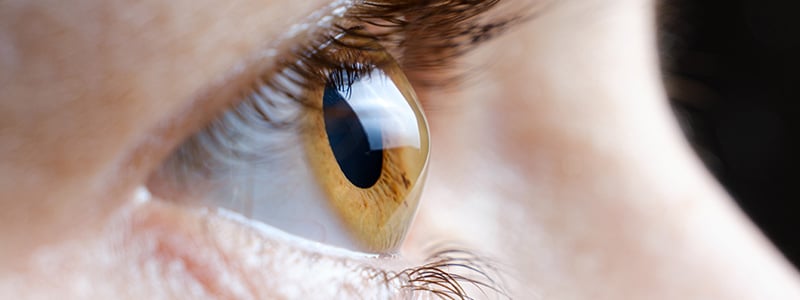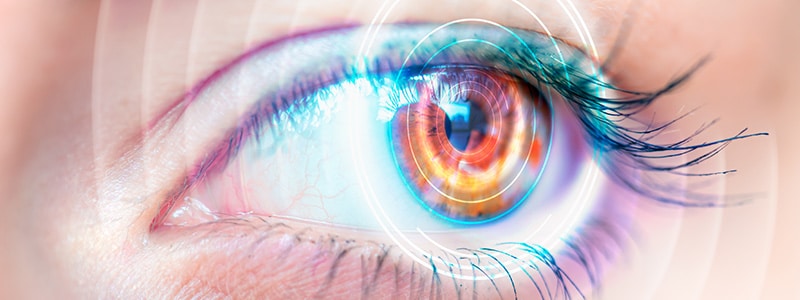What is Corneal Disease?
The cornea is the clear, dome-shaped tissue that covers the front part of the eye. It plays a crucial role in focusing light onto the retina and maintaining clear vision. Corneal disease refers to a variety of conditions that can affect the structure and function of the cornea, leading to visual impairment or discomfort. In this article, we will explore the different types of corneal diseases, their causes, and symptoms.
Types of Corneal Diseases
-
- Corneal Dystrophies: Corneal dystrophies are a group of genetic disorders that cause abnormal accumulation of substances within the cornea. These substances can affect the cornea’s clarity, leading to vision problems. Examples of corneal dystrophies include Fuchs’ dystrophy, lattice dystrophy, and map-dot-fingerprint dystrophy.
- Corneal Infections: Corneal infections, also known as keratitis, occur when the cornea becomes infected by bacteria, viruses, fungi, or parasites. These infections can result from contact lens misuse, trauma to the eye, or compromised immune systems. Symptoms include redness, pain, blurred vision, and sensitivity to light.
- Corneal Abrasions: Corneal abrasions refer to scratches or injuries to the cornea’s surface. They can occur due to trauma, foreign objects in the eye, or improper contact lens use. Corneal abrasions cause eye pain, redness, tearing, and discomfort.
- Corneal Ulcers: Corneal ulcers are open sores on the cornea caused by infection, injury, or underlying conditions such as dry eye or autoimmune disorders. They can be painful and cause eye redness, blurred vision, discharge, and increased sensitivity to light.
- Keratoconus: Keratoconus is a progressive condition in which the cornea thins and gradually bulges outward into a cone shape. This abnormal corneal shape leads to distorted vision, astigmatism, and increased sensitivity to light. Keratoconus usually starts during adolescence or early adulthood.
- Corneal Edema: Corneal edema occurs when excess fluid builds up within the cornea, causing swelling and a hazy appearance. It can result from various factors, including endothelial cell dysfunction, trauma, or complications from eye surgery.
Corneal Disease Causes and Risk Factors
The causes of corneal diseases vary depending on the specific condition. Some corneal diseases, such as corneal dystrophies, are inherited and result from genetic mutations. Others, like corneal infections and injuries, are typically caused by external factors such as bacteria, viruses, trauma, or foreign objects. Certain risk factors, such as prolonged contact lens wear, poor hygiene practices, dry eye syndrome, and immune system disorders, can increase the susceptibility to corneal diseases.
Symptoms and Diagnosis
Symptoms of corneal disease may include blurred or distorted vision, eye pain, redness, sensitivity to light, excessive tearing, foreign body sensation, and decreased visual acuity. If you experience any of these symptoms, it is important to seek prompt medical attention from an eye care professional. They will perform a comprehensive eye examination, which may involve visual acuity tests, corneal topography, slit-lamp examination, and other specialized tests to diagnose the specific corneal disease.
Corneal diseases encompass a range of conditions that can affect the health and function of the cornea, leading to visual impairment and discomfort. Early diagnosis and appropriate treatment are crucial in managing corneal diseases effectively. If you experience any symptoms or have concerns about your eye health, it is recommended to seek professional medical advice from the eye care specialist at Coastal Vision Center.
More information on corneal disease.
Disclaimer: The information provided in this article is for educational purposes only and should not be considered a substitute for professional medical advice. Please consult with an eye care professional at Coastal Vision Center for personalized guidance regarding your eye health.



